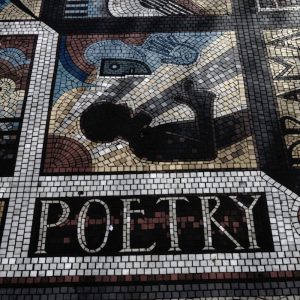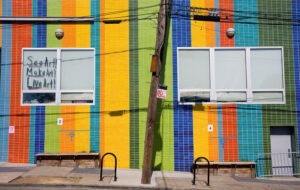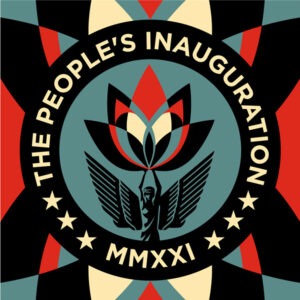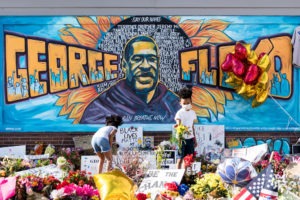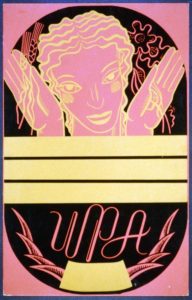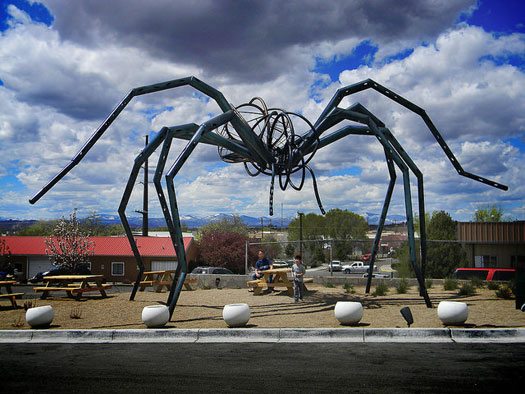
July 10, 2017; Artsy
Meow Wolf, a Santa Fe-based arts collective, opened a permanent art installation last year in an old bowling alley with an initial $3.5 million investment from local literary legend George R.R. Martin, the author of the Song of Ice and Fire novels that inspired the HBO series Game of Thrones. The high quality, immersive, sci-fi narrative experience earned Meow Wolf 400,000 visitors and six million in revenues its first year, along with the ire of some in the art world who questioned its sensationalist, escapist narrative and its economic model. But a recent article in Artsy asks, “Could this be a sustainable, alternative avenue for artists to collaborate and make a living outside of traditional art world models?”
The 20,000-square-foot former bowling alley contains sprawling interactive artwork that visitors can not only touch, but climb on and crawl through. Its first permanent exhibit, the House of Eternal Return, is a Victorian house experiencing space-time rifts. Doors take visitors into different environments, each designed by one of the collective’s more than 100 members. The collective brings together painters, architects, sculptors, video producers, audio engineers, writers, and many others to create experiences that aim at “narrative storytelling, visual and audio polyphony, live music, performative experiences and interactivity.”
Though this is its first permanent installation, Meow Wolf has been creating immersive, collaborative installations in warehouses for the last few years, “from alien landscapes and glowing grottos, to labyrinths built of found materials, linked by passageways, ladders, and tunnels.” They’ve done projects in Albuquerque, Chicago, Boulder, New York, San Antonio, Santa Fe, and other cities.
Emily Montoya, Corvas Brinkeroff, Sean Di Ianni, Vince Kadlubek, Caity Kennedy, and Matt King founded Meow Wolf in 2008. Meow Wolf has grown to employ about 140 people, mostly full-time and with considerable salaries and benefits.
Several jobs offered at the Meow Wolf Art Complex are paid hourly, like line cook positions and box office staff. But the full-time creative positions, like architects and sound engineers, come with considerable salaries and benefits. “We have 20-year-olds making $50,000 a year with us,” remarks Everett.
Sign up for our free newsletters
Subscribe to NPQ's newsletters to have our top stories delivered directly to your inbox.
By signing up, you agree to our privacy policy and terms of use, and to receive messages from NPQ and our partners.
Some members of Meow Wolf work with the collective on a freelance or project basis, on their own terms; as Everett says, “It’s very fluid.”
The salaried positions are recent, the result of the success of House of Eternal Return. King says, “For the first seven years, nobody got paid.” The success of the House of Eternal Return also led to the collective incorporating as a for-profit B Corporation, a benefit corporation that meets rigorous standards of social and environmental performance, accountability, and transparency.
Meow Wolf members believe alternatives to current art world systems are critical. They strongly feel that “the traditional commercial models of galleries and art fairs leave most artists out in the cold, while elitist attitudes in galleries and museums turn away members of the general public.”
Chadney Everett, one of Meow Wolf’s current art directors, said, “Most of us didn’t go to college; we rented a dirty warehouse by sharing the rent on it, and we wanted to make art.”
King notes that Santa Fe’s “strong artistic identity” and less-cutthroat arts environment contributed to Meow Wolf’s success. The local art community, press, and residents supported it from the start…and it doesn’t hurt to have a local, sci-fi literary giant on the team.
Meow Wolf is now seeking to expand the immersive, collaborative, permanent installation model into other cities. Plans are already underway in Denver for “a new, even larger” exhibition. Artsy sums it up when it writes, “In a time of increasing precarity for young and under-recognized artists, it’s hard to argue against the Meow Wolf model of creating well-paying jobs that don’t sacrifice creative freedom.”—Cyndi Suarez


